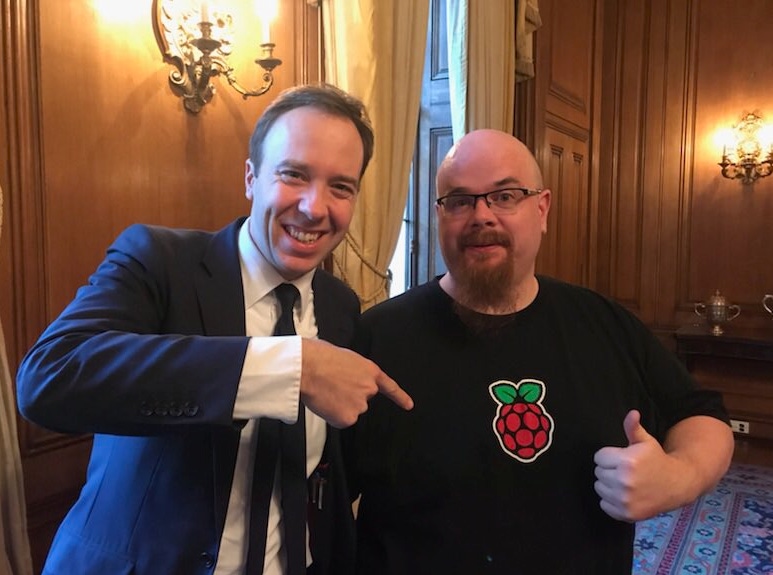The UK Government has announced 95% of premises within the country now have access to superfast broadband. Woohoo!
January 29, 2018

The UK Government has announced 95% of premises within the country now have access to superfast broadband. Woohoo!
In between trips to museums, heritage sites and parties with celebrities, the UK Minister for Fun Secretary of State for Digital, Culture, Media and Sport Matt Hancock has announced the milestone. Praise from the government has been heaped onto the government in particular, pointing towards initiatives to encourage superfast broadband rollouts in areas deemed less commercially attractive by operators.
“Over the last 5 years, the Government’s rollout of superfast broadband has made superfast speeds a reality for more than 4.5 million homes and businesses who would otherwise have missed out,” said Hancock, seemingly able to find a little bit of time between sips of martini and photo ops with Rita Ora.
“We’ve delivered on our commitment to reach 95% of homes and businesses in the UK, but there’s still more to do in our work building a Britain that’s fit for the future. We’re reaching thousands more premises every single week, and the next commitment is to making affordable, reliable, high speed broadband a legal right to everyone by 2020.”
The Government categorises superfast broadband as a connection which is able to deliver speeds of 24 Mbps or faster. In the rural communities and those less attractive to profit-hungry telcos, these government initiatives are claimed to have 50,000 new local jobs and generating an additional £8.9 billion in turnover. No wonder Hancock spends so much time at parties, he has quite a lot to celebrate if you listen carefully.
While champagne corks and party poppers are being let off inside the Department of Digital, Culture, Media and Sport, there are a few concerned voices in the community.
“The big challenge now is to give more consumers the confidence to upgrade by making sure the pricing is competitive and to ensure customers know what services are available to their home,” said Richard Neudegg, Head of Regulation at uSwitch.com.
“Our research from last year found that only 57% of users believed they could access superfast services in their area and as it stands, customers currently have no meaningful way to compare side-by-side the speed of service they are getting today with what they might expect from an upgrade.”
“Although rural areas make up a large portion of the five per cent, there are many areas within major cities also struggling with broadband speeds,” said Andrew Ferguson, Editor of thinkbroadband.com. “Ironically, Westminster is one of those areas which finds itself behind the curve, alongside areas of Manchester, Liverpool, Bangor, Glasgow and Belfast. Clearly more needs to be done to ensure no premises are left behind as we continue on the road to a superfast Britain.”
“The digital divide goes beyond access to the internet,” Rachel Neaman, CEO, Corsham Institute. “We have known for a long time that many people still lack the basic digital skills and support networks to make the most of online opportunities.
“The pace of tech-driven change is now creating a further challenge if we want everyone, no matter where they live, to work and thrive in our digital world throughout their lives. We need to see more teaching, training and support for workers, provided by businesses and policymakers. It’s also time for more of a focus on digital education and social media awareness in schools.”
While this is certainly an encouraging statistic, it is clear the community still holds some reservations. There might be a bit of back-slapping going on at the Department of Digital, Culture, Media and Sport, but this still a government team which is being closely monitored.
About the Author(s)
You May Also Like








.png?width=300&auto=webp&quality=80&disable=upscale)


_1.jpg?width=300&auto=webp&quality=80&disable=upscale)


.png?width=800&auto=webp&quality=80&disable=upscale)